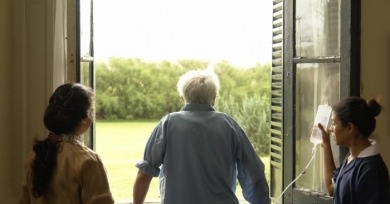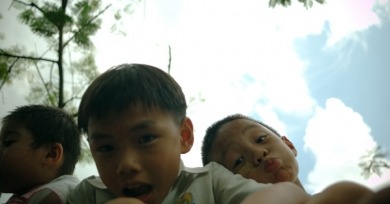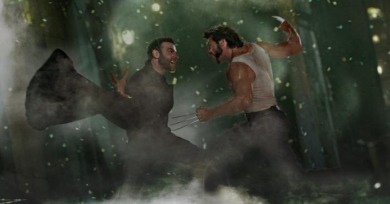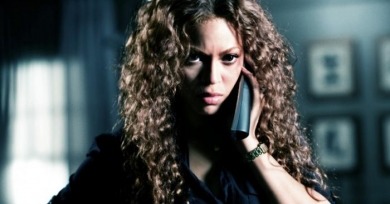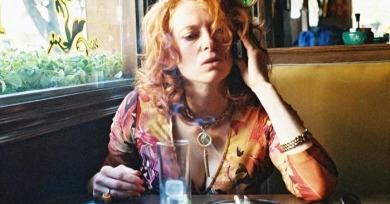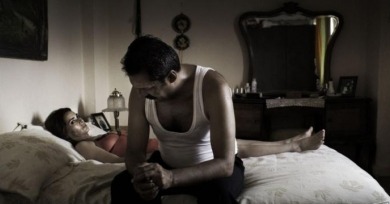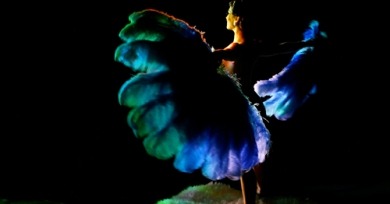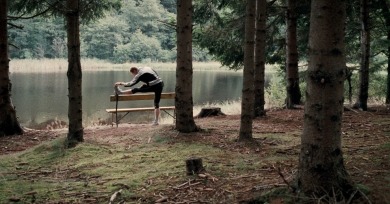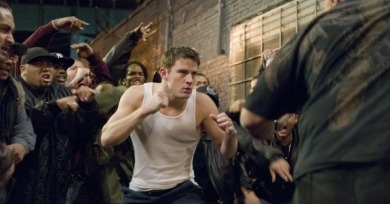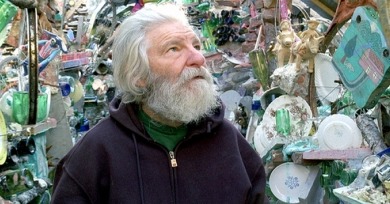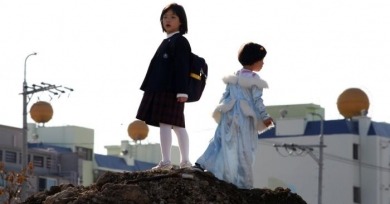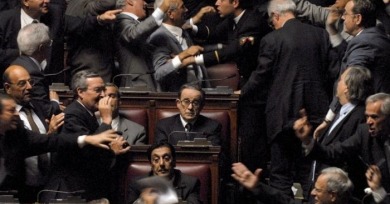Reviews
Flower treats the preciousness of its two young protagonists as a given, and accepts with grace and dignity the fact that they (along with all the rest of us) will have to learn how to navigate an imperfect world.
According to IMDb, the working title for Obsessed was Oh No She Didn't, a factoid that, though too good to be true, I’m inclined to believe.
Aghion turns her DV camera on a quartet of geologists searching for fossils of plant life that would suggest a formerly tropical Antarctica, but the goal is less important here than the painstaking portrait of their needle-in-a-haystack search.
Julia is your typical tale of redemption, even as it thrashes against the sentimentality such a designation implies.
Whether Ceylan speaks of or for Turkey is open for debate, but what’s remarkable about his fifth feature, Three Monkeys, is how he stamps a fairly straightforward genre piece with the marks of his own artistry.
Anyone who’s interested enough in burlesque to sit through Deirdre Allen Timmons’s documentary A Wink and a Smile probably already knows much of what the film has to say about its often misunderstood subject.
As cinematic revenge-seekers go, Johannes Krisch’s Alex, the protagonist of Götz Spielmann's Revanche, is something of an anomaly.
Fighting's chief auteur might be producer Kevin Misher, who also helped greenlight the first Fast and the Furious movie. Logically wanting to replicate that film's massive success outside of the franchise, he sought another illicit world of extreme hetero recreation.
If The Soloist connects with audiences, he’d do well to push the long takes and odd visual tics sprinkled through his first three features as far as they can go. After all, he’s come this far, and Hollywood can always use more true eccentrics.
Though the spectator may be occasionally alarmed or confused by his behavior, the South Philadelphia muralist, mosaicist, and street artist Isaiah Zagar is more of a modernist than a schizophrenic.
So Yong Kim’s cinema can break your heart. Not by invoking the usual tearjerking music swells and dramatic crescendos, but by constructing narratives authentically attuned to the behavioral and emotional rhythms of particular age groups, from childhood to teenage years.
l Divo seems, to these foreign eyes, an unnecessarily demonic affair, and the heavy thumb that Sorrentino keeps on his characters often makes his drama inert.
